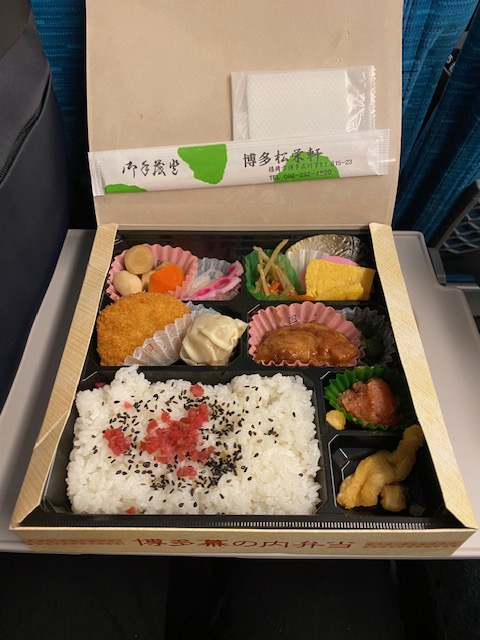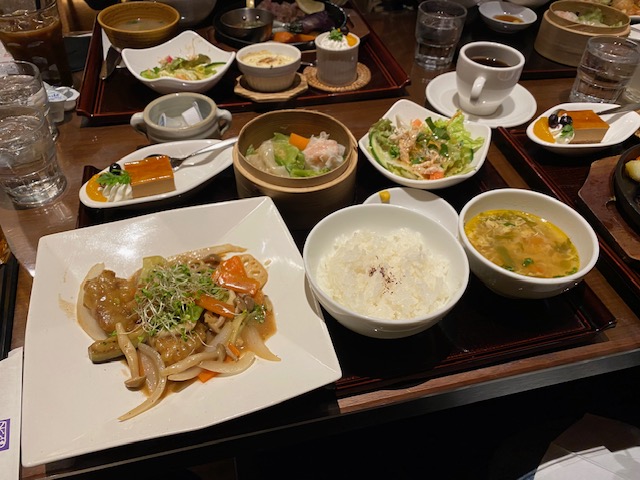Japanese food and cuisine are made up of not only the traditional foods that are well-known all over the world, but also regional delicacies that have developed over the centuries throughout the Japanese archipelago.
One aspect of Japanese cuisine that sets it apart from other countries with rich culinary heritages is how Japanese dishes take advantage of seasonal ingredients to add extra flavors, colors, and textures to dishes.
Two staples in most regularly-scheduled meals in Japan is that the menu is often based upon white rice and miso soup. Other side dishes are added to these to make what is popularly referred to as washoku — traditional Japanese cuisine.
Part of the reason why Japanese food has become world renowned is because its dishes are nearly always presented with a refined sense of elegance, that involves a meticulous preparation style that has been passed down and honed over the past several thousand years. Food critics have described Japanese food as being “pure” and “delicate.”
Some typical foods that are eaten regularly all over Japan are rice and miso soup which are served at every meal. In addition, Japan is well-known for its exquisite noodles, like ramen, soba, somen, and udon.
Vegetables are nearly always served in some form at most meals in Japan, with the daikon radish being the most common, along with sea vegetables like nori (seaweed). As mentioned earlier, many dishes depend upon the ingredients which change during each season. Potatoes, onions, carrots, green peppers, and salad-making vegetables are always available no matter the time of the year and these are used abundantly in many Japanese dishes.

Soy products are used extensively in Japanese cuisine, as well. Tofu is quite popular, along with miso, and edamame. These are often served in conjunction with some sort of fish or seafood, with salmon and mackerel being quite common.
Many Japanese people drink green tea at some point in the day, or after meals, and for something sweet, it is common to be served a fruit like a tangerine, mikan orange, melon, persimmon, or a bunch of Fuji grapes.
When it comes to specific dishes, Japan is known for its delicious tempura, which is either deep-fried vegetables, shellfish, fish or chicken in a batter mixture. Teppanyaki is more of a cooking style, than a specific dish, but it involves grilling meat with vegetables on a large, flat grill. Other foods cooked similarly are yakisoba, okonomiyaki, and monjayaki. Also, tonkatsu or breaded pork is a favorite among both Japanese and visitors to Japan. Yakiniku is grilled meat over an actual fire on a grill and this is also referred to as Korean Barbecue.
Takowasa is a dish that many restaurants will serve as an appetizer and it is composed of octopus seasoned with wasabi. Sushi and sashimi are known the world over and are what initially put Japanese cuisine on the world map. Popular around the world, sushi and sashimi are quintessentially representative of Japanese cuisine. Sadly, most foreigners refer to all raw fish as “sushi” which does not do it justice.
Onigiri, flavored rice balls, are eaten by most everyone at any time of the day when they want a “pick me up” snack that is delicious and these are easily found in nearly every convenience store in Japan. Natto, while loved by Japanese people, is a food item that most foreigners don’t like, due to its pungent odor and unusual texture. Oden and nabe are two dishes that are hearty and warm, often eaten during the colder months in Japan.

While I love most Japanese food, I am not a fish or seafood eater (I know, I live in Japan and I don’t eat any seafood or fish … what a waste, right?). Thankfully, Japanese food covers a wide variety of suitable things that I can and do eat here. Often times, though, Japanese food is prepared using some sort of fish stock or flakes which precludes me from eating it.
Many restaurants will adjust their menu by substituting a fish dish for a non-fish dish or tweak their preparation technique for me leaving out the fish, which I greatly appreciate.
I honestly wish I loved to eat fish and seafood because it would make my life in Japan so much easier. I suppose growing up in Indiana and never being exposed to quality fresh fish, I just never developed a taste for it, and in contrast, developed quite an aversion to eating anything that hints of fish. I am not alone … my mother wasn’t fond of fish or seafood, either, so it was not something I ever had growing up. Interestingly, my brother and my dad were OK with some types of fish and seafood, but not all.
If I were allergic to seafood, then I would have a ready-made excuse as to why I can’t eat it. Because I don’t like the taste, many well-meaning people will assure me that whatever it is I am about to be served has no fishy taste and I won’t be able to detect any fish-taste. Nope. I am in my 60s and trust me, I have tried every type of fish and seafood imaginable and there is not one that I even remotely like, so I politely decline and thank them for their concern, but reassure them that I have plenty of food I do and can eat with no problem. It’s not like I’m starving, after all, because I would not be regarded as being thin by any stretch of the definition. Hefty is being kind, even, but in reality, I’m fat.
Body size and image are very subjective, I guess. While I often feel quite overweight in Japan, when I return to the U.S., I almost feel svelte when I am out and amongst my countrymen. I blend into the crowds and no one seems to pay me any mind at all regarding my body size when in America.
Get the most recent Shelby County Post headlines delivered to your email. Go to shelbycountypost.com and click on the free daily email signup link at the top of the page.







